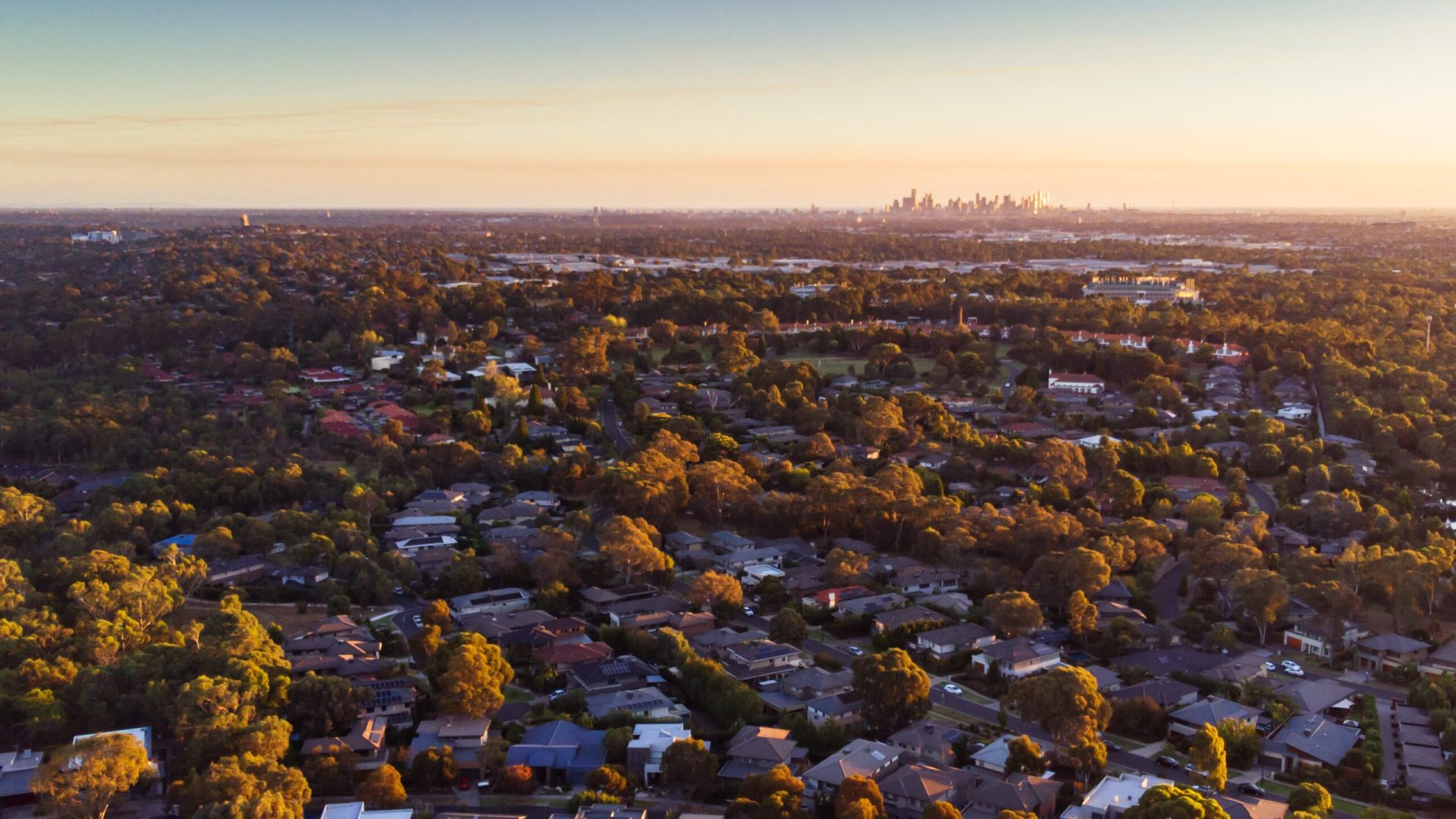As we close out the financial year, Australia’s property landscape continues to evolve, shaped by persistent undersupply, shifting sentiment, and strong population growth.
Supply Challenges Continue
National housing approvals have remained below the decade average for over three years, reflecting ongoing challenges in delivering new housing. Labour shortages, rising construction costs, and planning delays are key factors constraining supply. For example, to meet the government’s target of 1.2 million new homes by 2029, around 20,000 dwellings per month would need to be delivered, yet current completions remain closer to 16,000 per month.
This imbalance is occurring alongside strong population growth, particularly in Melbourne, Brisbane, and Perth. According to the ABS, Australia’s population grew by 2.5% last year, with Melbourne adding over 135,000 people, the highest increase nationally (ABS, June 2025).
Demand and Sentiment Shifting
Despite higher interest rates over the past two years, demand for housing remains resilient, underpinned by migration and a robust labour market. Recent data from Westpac’s Consumer Sentiment Index indicates improving confidence, with sentiment around property purchases rising to its highest level since 2021.
Auction clearance rates in Melbourne have remained above 70% for several consecutive weeks, reflecting growing buyer activity. CoreLogic reports that national dwelling values have increased by 1.9% over the past quarter, with Perth and Brisbane leading price growth, and Sydney and Melbourne are showing signs of renewed momentum.
Affordability and Price Gaps
While Brisbane and Perth have seen significant price increases since 2020, Melbourne’s growth has been more subdued, leaving it relatively affordable among the larger capitals. Entry-level housing in Melbourne remains significantly below the city’s median, offering opportunities for investors in a market that is forecast to see continued population growth (ABS, June 2025).
Looking Ahead
The combination of persistent undersupply, strong migration, and stabilising interest rates suggests upward pressure on housing prices in the medium term. While affordability challenges remain, particularly for first-home buyers, the rental market continues to tighten, with vacancy rates in most capitals below 1%, driving further rental growth (ABS, June 2025).
As we move into the new financial year, these dynamics will remain key themes shaping the property market. For investors, staying informed and focusing on fundamentals, location, supply-demand balance, and long-term population trends, will be essential for navigating the evolving landscape.









